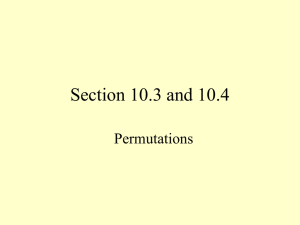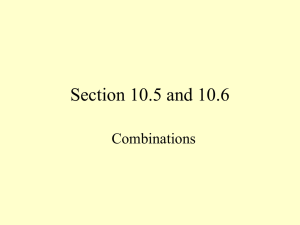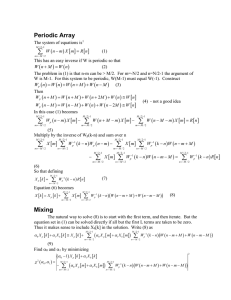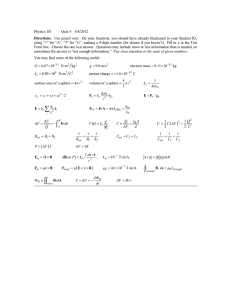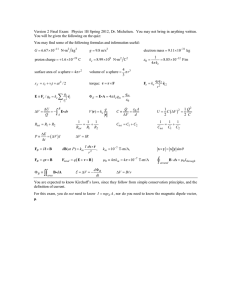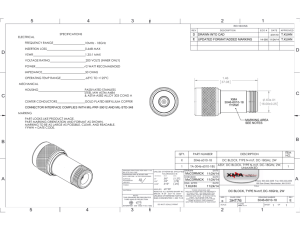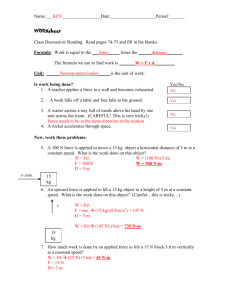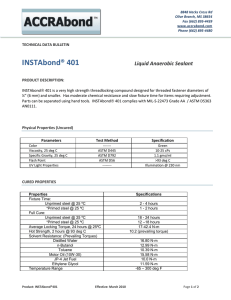COT 5405: Fall 2006 Lecture 22
advertisement
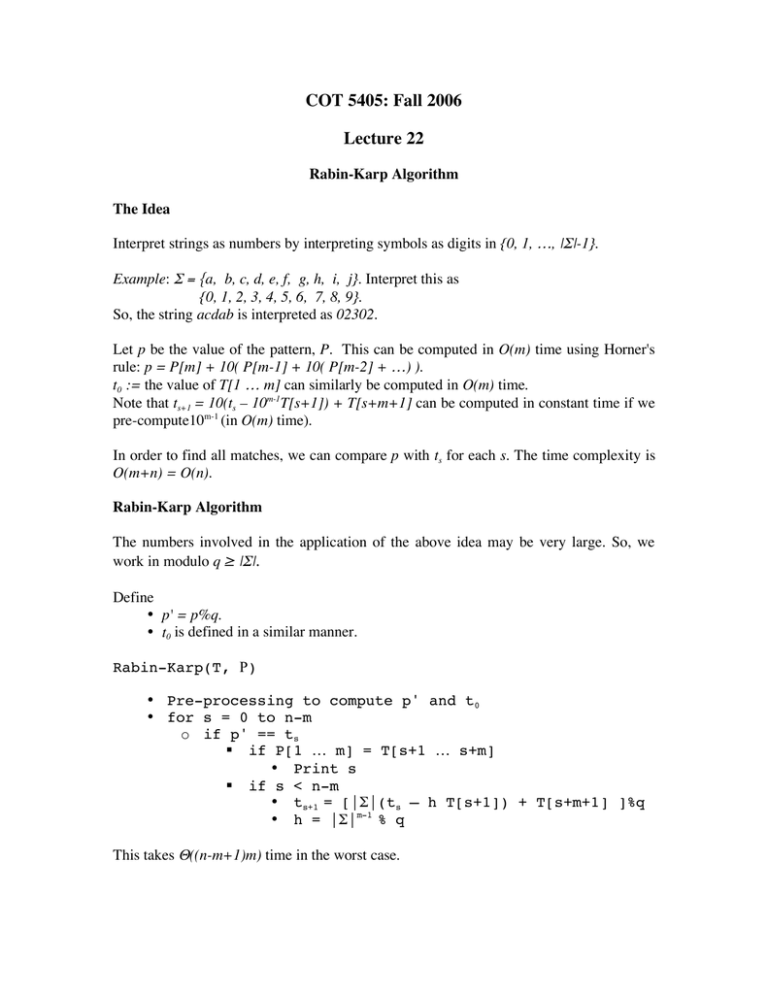
COT 5405: Fall 2006
Lecture 22
Rabin-Karp Algorithm
The Idea
Interpret strings as numbers by interpreting symbols as digits in {0, 1, …, ||-1}.
Example: = {a, b, c, d, e, f, g, h, i, j}. Interpret this as
{0, 1, 2, 3, 4, 5, 6, 7, 8, 9}.
So, the string acdab is interpreted as 02302.
Let p be the value of the pattern, P. This can be computed in O(m) time using Horner's
rule: p = P[m] + 10( P[m-1] + 10( P[m-2] + …) ).
t0 := the value of T[1 … m] can similarly be computed in O(m) time.
Note that ts+1 = 10(ts – 10m-1T[s+1]) + T[s+m+1] can be computed in constant time if we
pre-compute10m-1 (in O(m) time).
In order to find all matches, we can compare p with ts for each s. The time complexity is
O(m+n) = O(n).
Rabin-Karp Algorithm
The numbers involved in the application of the above idea may be very large. So, we
work in modulo q ||.
Define
• p' = p%q.
• t0 is defined in a similar manner.
Rabin-Karp(T, P)
• Pre-processing to compute p' and t0
• for s = 0 to n-m
o if p' == ts
if P[1 … m] = T[s+1 … s+m]
• Print s
if s < n-m
• ts+1 = [||(ts – h T[s+1]) + T[s+m+1] ]%q
• h = ||m-1 % q
This takes ((n-m+1)m) time in the worst case.
